There has never been a better time for entrepreneurship. The cost of starting a technology business has gone down approximately tenfold, the number of tools to help you grow your startup today is innumerable and early-stage funding has become highly accessible (even in Afrika).
If you are looking to transition into the sexy but scary land of entrepreneurship, here are 15 things to help you move from idea to product-market fit to scale.
1. Learn the Lean Startup methodology
The Lean Startup is a methodology developed by Eric Ries that follows the simple process of the build, measuring, and learning with customer feedback loops.
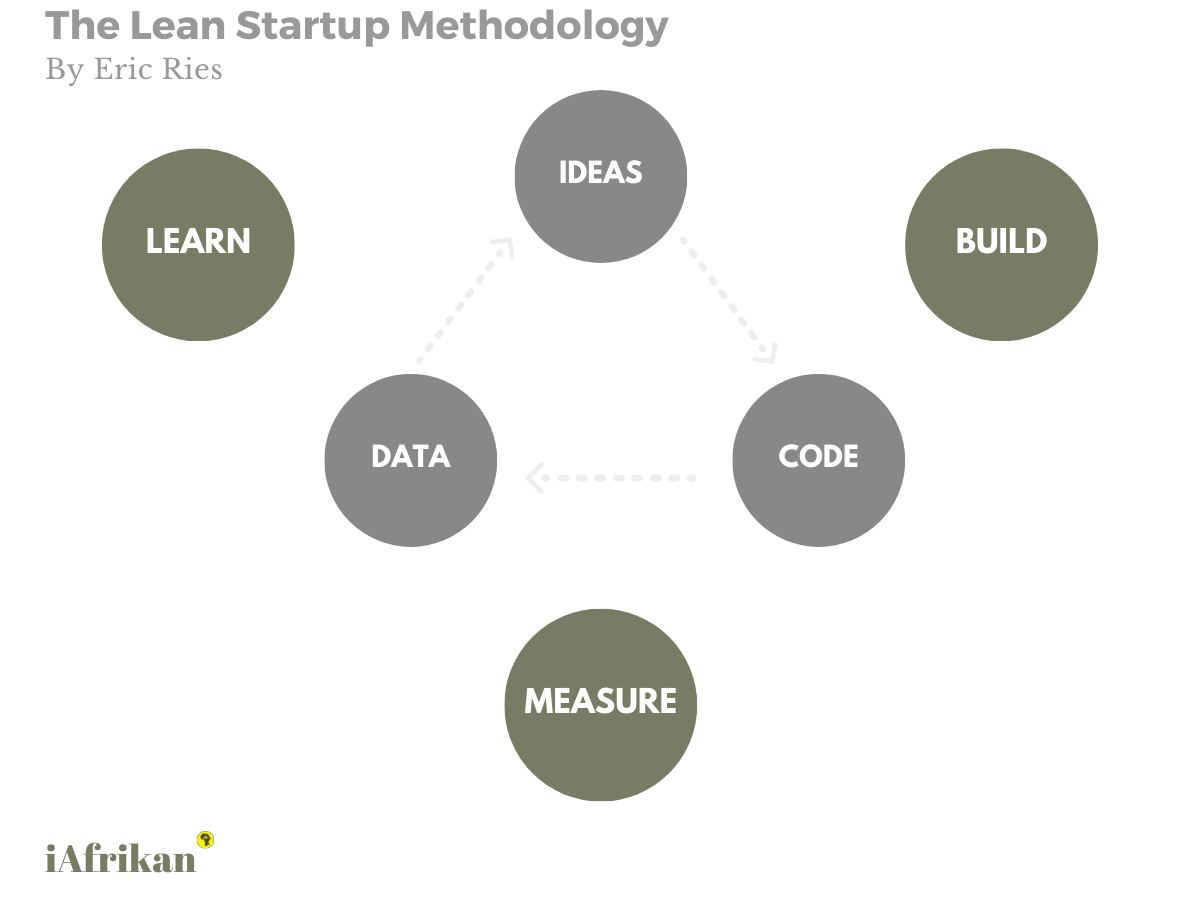
To understand the process of experimentation and lean startup, pick up “The Lean Startup” by Eric Ries or “Running Lean” by Ash Maurya. You will learn a form of systemic/pattern thinking that will help you start your business effectively. The concepts are simple and life-changing.
You’ll forever change the way you think of starting a business.
2. Explore your customers
Once you have an idea, start with customer development. It's a phase of exploration where you try to get qualitative information about their problems and current behavior.
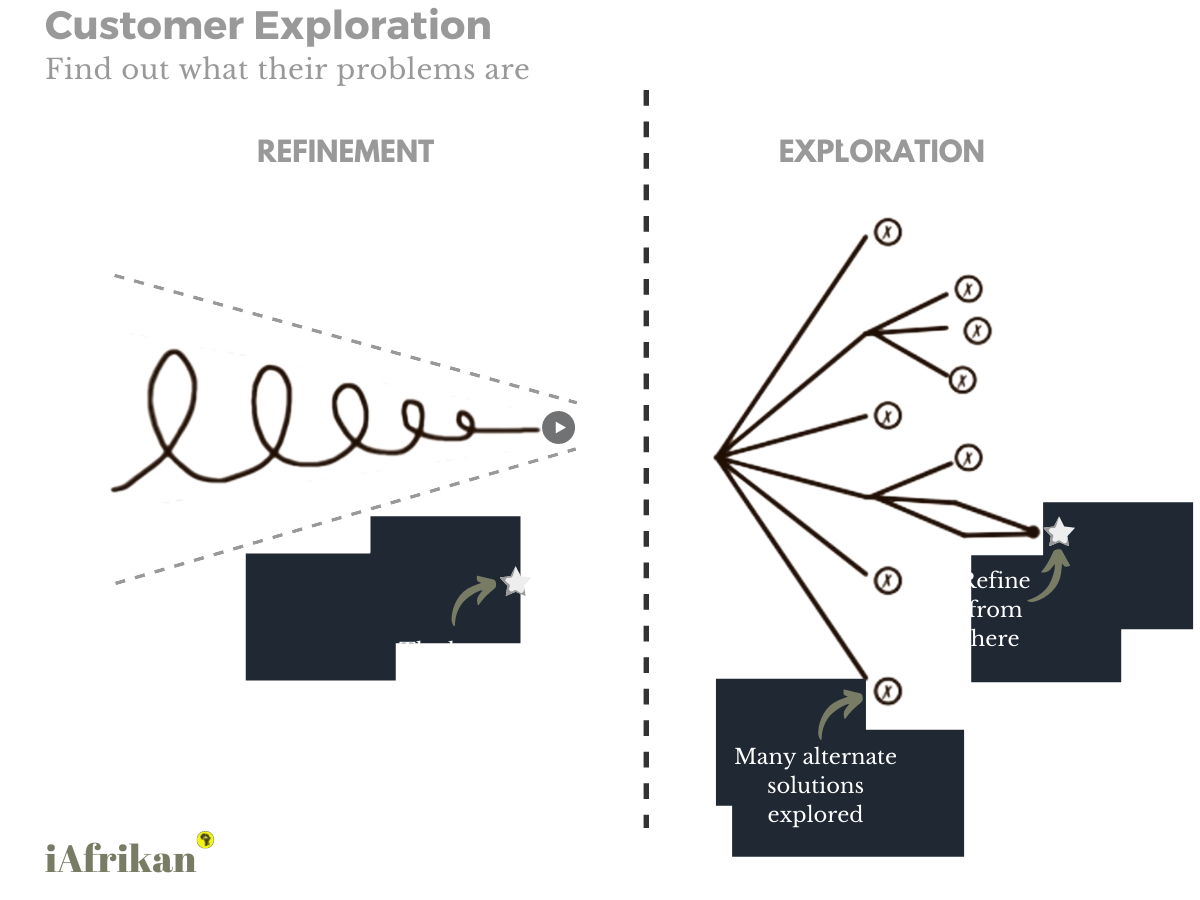
Don’t stop exploring until you have identified a customer segment and its current problems.
3. Pitch your idea
Only once you’ve identified a customer segment that has a problem worth solving, then look at pitching your solution.
Pre-sell and see how they react.
"The messaging for a product/service is the same whether you have the product or not."
This is a highly effective process to check the demand for your service.
4. Identify early adopters
While pitching your idea, look for those early adopters.
Early adopters are those who are excited about your product, will talk about your product incessantly, and have been looking for this solution themselves. They are your biggest evangelists, your cookie monsters, your everything.
Don’t stop looking until you find them.
5. Concierge your service
Once you have pitched your idea, it's important to manually deliver the service in the simplest way possible.
Whether it's via an email, a Google doc, a spreadsheet or actually going to the customer’s house to deliver a box, the process of providing this service in small batches will help you become more efficient. It might be inefficient in the long run but in the short run, it helps you create better user flows and product life cycles.
6. Build user flows
The next step after having delivered the service is to build a user flow.

Build a user flow that shows the interaction of your product with a user from start to finish. It should have a list of objectives and goals and the actions you want them to perform.
7. Develop wireframes
The next step after building user flows is to start sketching the skeleton of your product by building wireframes. Wireframes are a bare-boned structure of your product.
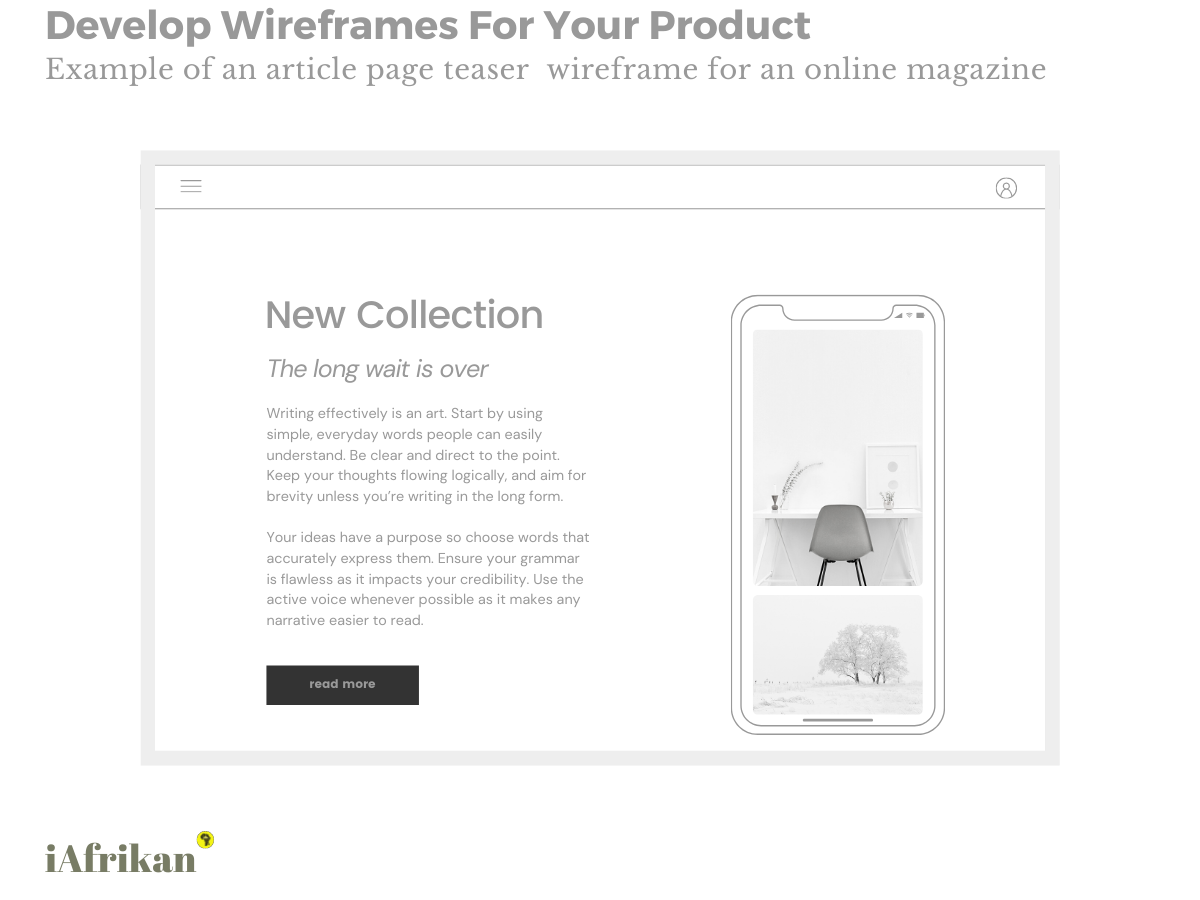
It displays the functional elements of a website and is a great starting point for planning your structure and functionality. Here are some great tools to build your first visual guide. Check out the top 20 wire-framing tools here.
8. Use the Business Model Canvas
You’ve identified a solution, and a product flow and have started building the rough schema of the prototype.

The next step is to analyze what makes your business different, what’s your unfair advantage over your competitors, and how do you plan to monetize your product. It's a fantastic canvas to look at your business in one snapshot.
To learn more about how to use the Business Model Canvas, here is a detailed explanation.
9. Build extensive customer personas
You have a product flow, identified your early adopters and have your business model chalked out. The next step pivotal to every business and most companies fail to do is build your customer personas.
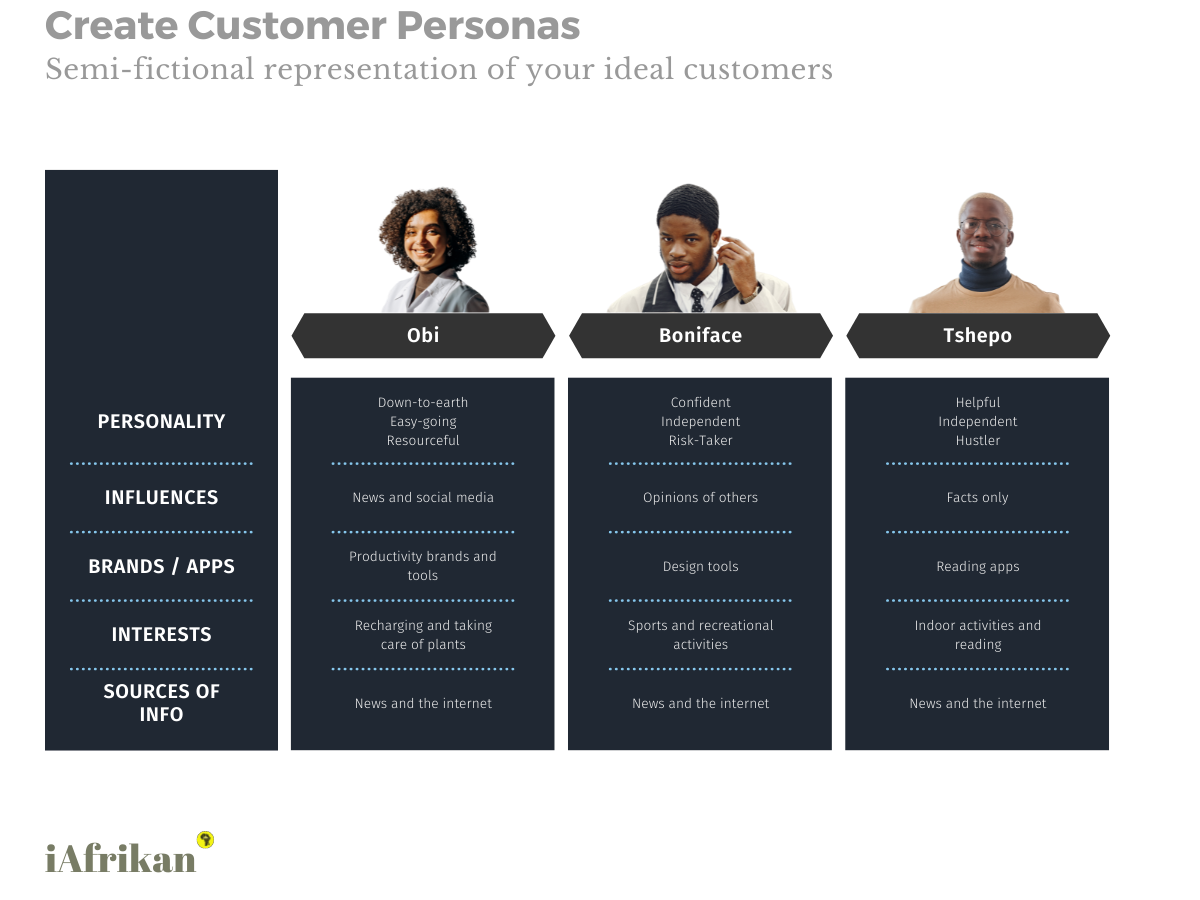
Customer personas are a semi-fictional representation of your ideal customers based on market research and real data about your existing customers.
When creating these personas, it's important to include customer demographics, behavior patterns, motivations, and goals. The more detailed you are, the better.
10. Build a prototype
Now you are all set to start building your prototype. A prototype is defined as the simplest functional model of a product that performs all the basic functions.
At this stage, you might have to get developers (front end, back end), designers, head of engineering involved to build a prototype that can be scaled in the future. Prototyping can take anywhere between 3–9 months depending on how simple or sophisticated the product is.
11. Measure product-market fit
Ah, this is the pivotal point of most startups: product-market fit. “Product/market fit means being in a good market with a product that can satisfy that market.
The best team with the best product will fail if the market is not there (using product and service interchangeably). It’s the only thing that matters” according to Marc Andreessen, to whom the term is often attributed. Companies should strive obsessively to achieve it until they do.
Every startup should try to run as many experiments, talk to their customers regularly and see the best fit their product can provide to a market. Here are certain ways to find out if you have achieved product-market fit.
12. Set business goals
Once you have achieved product-market fit, it's time to start looking at hypergrowth. Growth starts with setting ambitious business goals.
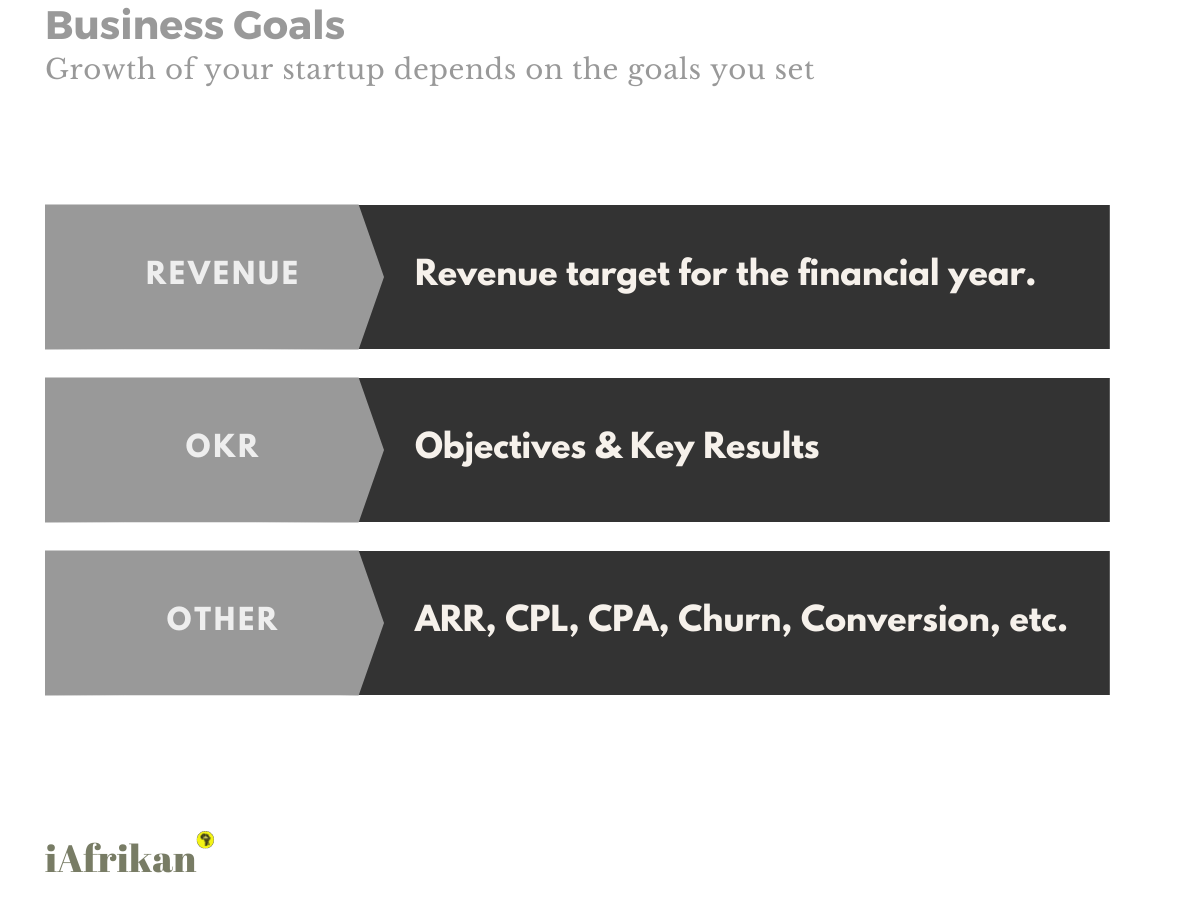
What’s the revenue you want to achieve at the end of the financial year?
Once that’s defined by key stakeholders in the company, we move towards defining Objectives and Key Results (OKRs) for every individual. The goals of each person should be tied to the company’s objectives.
We then further continue to setting other important metrics like
- Cost Per Lead (CPL),
- Cost Per Acquisition(CPA),
- Life Time Value(LTV).
This systemic approach will help decide which metrics to concentrate on, and which ones to tweak that can directly impact revenue.
13. Implement tracking tools
While trying to grow it's extremely important to do 3 things:
- Implement tracking tools to collect data.
- Analyze data & find areas of improvement.
- Run an experiment.
Top 10 tools for tracking web metrics.
14. Define Lean Analytics flow
Lean Analytics, aka Pirate Metrics, is a system around which companies like Airbnb, and DropBox have built their systems of growth.
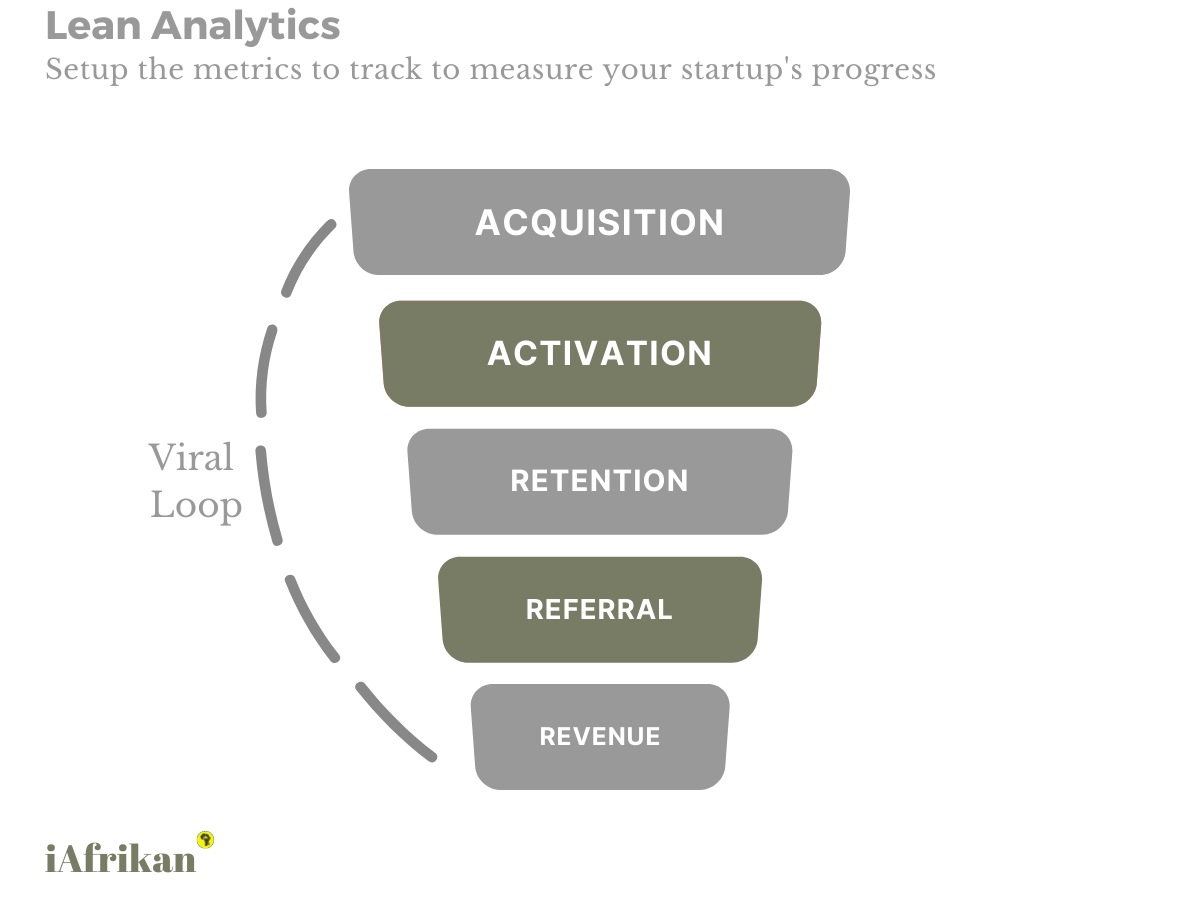
The Lean Analytics consists of 5 major metrics:
- Acquisition
- Activation
- Retention
- Referral
- Revenue
It's important to maximize the conversion of a user from Acquisition to a user who pays for your product. This whole process is known as Conversion Rate Optimization and it's important every company analyzes these five main metrics.
If you want to read more about Lean Analytics, check out this post written by Ash Maurya.
15. Optimize and Scale
- Business goals defined.
- Metrics in place.
- Tracking tools installed.
- Analyze current data.
- Identify areas of improvement
- Decide on metrics to focus on.
Time to start running some experiments!
The whole process of scaling is to run as many experiments and see what resonates with your customers. When you find that unicorn of growth, that absolute maxima, chase it. Double down on it and go on and change the world.
— By Anirudh Narayan







